
-
17 November 2017
As Victorian-based practice McGlashan Everist has proven, passive house construction (also known as Passivhaus) is not limited to one type of building stock.
The 2016 Sustainability Awards – Large Commercial winner made headlines last year for applying passive house design principles to a dilapidated, asbestos-clad warehouse at Monash University’s Clayton Campus. The renovation transformed an old building into an open office that was both comfortable and energy efficient.
Known as 30 Research Way, this large commercial structure is Australia’s first commercial adaptive reuse passive house building. Project architect Tom Sharp told Architecture & Design that the strategy had its groundings in the project brief.
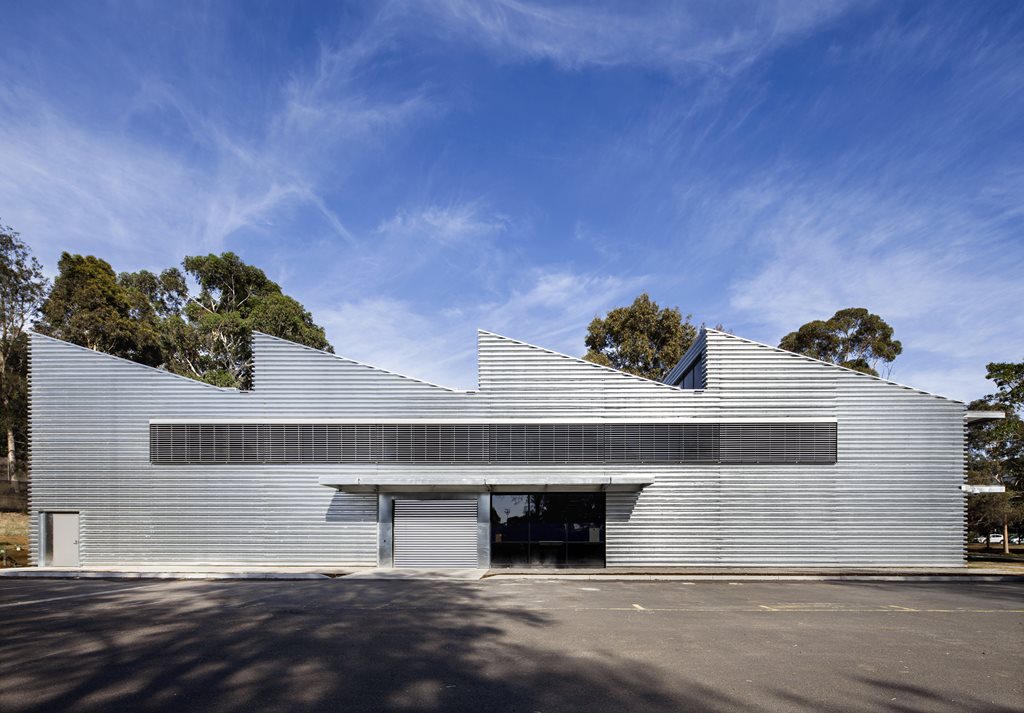
“The brief for the project was to ‘deliver exceptional performance in terms of passive ESD principles with a focus on building sealing and insulation and leveraging the favourable attributes of solar penetration and daylighting for occupied areas’,” Sharp says.
“Although not extensively understood or embraced in Australia at the time, Passivhaus seemed to be a possible fit and we set about exploring the application to the building.”
Part of this exploration included a lecture by Dr Andreas Luzzi, founder of LAROS Technologies, an international supplier of building technologies that are required to achieve passive house performance.
An expert in low-energy building and renewable energy technologies, Dr Luzzi was excited about the application of Passivhaus to an adaptive reuse commercial project. The rest, as they say, is history. The architects engaged LAROS technologies to be part of the project team, and together they set out to deliver an Australian first.
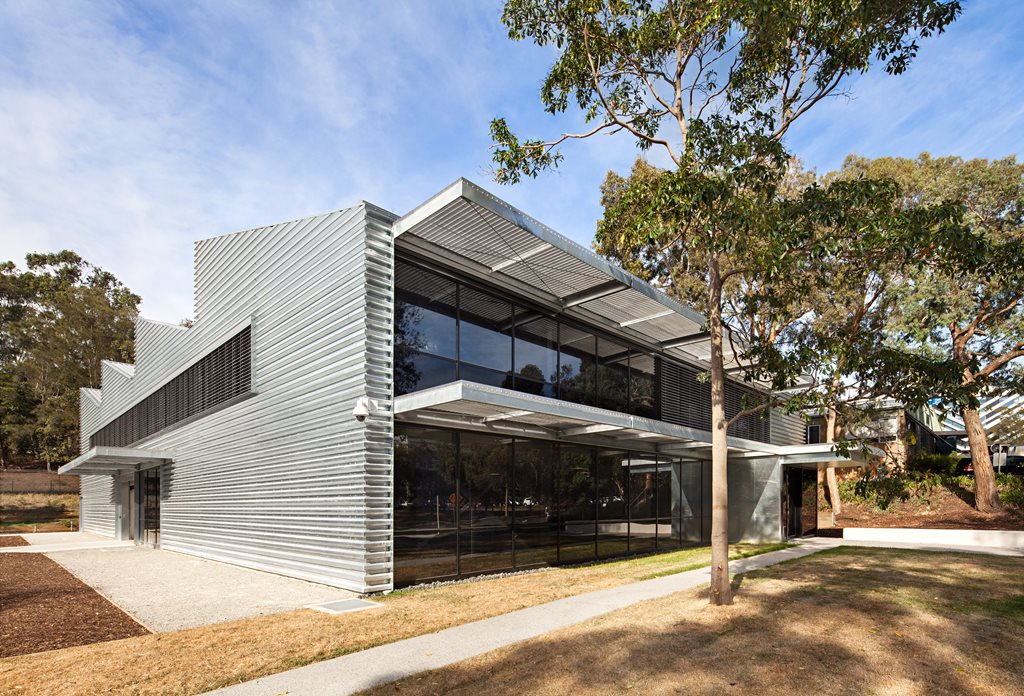
The design of the new building celebrates its industrial heritage. The existing steel structure and saw-tooth roof form have been retained and the deep profiled ribbed cladding is a fitting selection to replace the discarded asbestos cladding, says Sharp. Architectural clarity is offered through the single materiality of galvanised steel finishes and considered corner detailing.
According to the Passive House Institute US (PHIUS), the passive house movement had its roots in the United States and Canada decades ago, as a reaction to the OPEC oil embargo. However, it was German physicist Dr Wolfgang Feist and Swedish scientist Dr Bo Adamson who refined those principles to develop the passive house (or Passivhaus in German) performance metric. The first Passivhaus was built in Darmstady, Germany, after which Feist went on to found the Passivhaus Institut (PHI).
Despite its name, the passive house approach was never limited only to single-family homes – although most certified projects are residences. In 2013, the 20-storey RHW.2 office building in Vienna, Austria, became the first certified passive office tower in the world. Several other commercial and non-commercial buildings have also employed passive house design or passive building principles, even if they have not been formally certified as such.
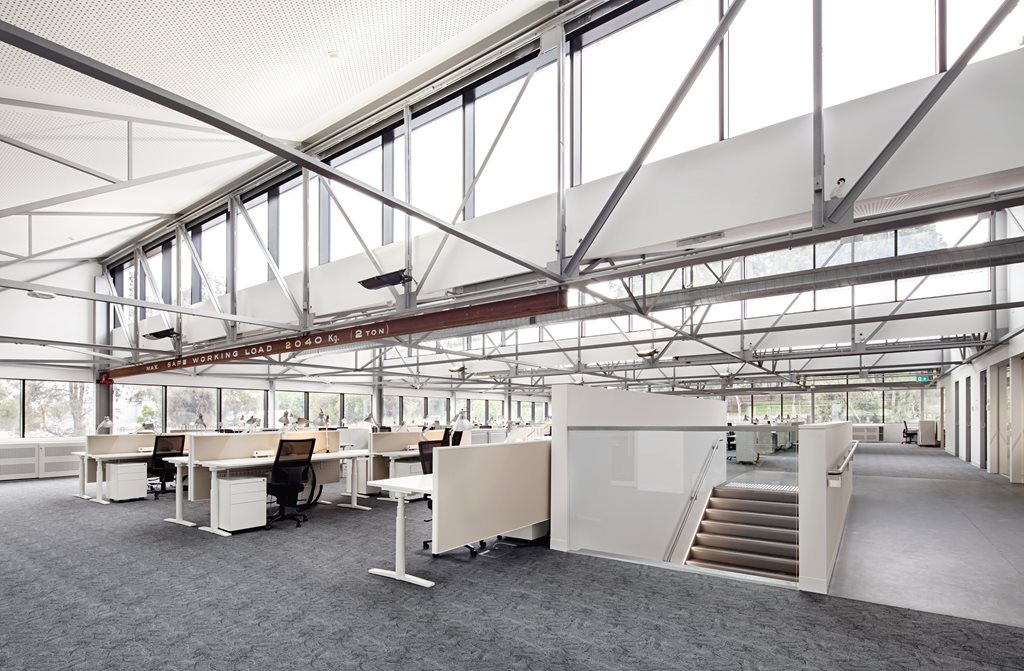
Sharp explains that the four most critical design and construction elements to achieve Passivhaus performance are:
- Perfect air-tightness with vapour management
- Seamless insulation and thermal breaks
- External solar heat gain control
- 100% fresh-air supply utilising energy recovery ventilation systems
“Whilst the Passivhaus concept was new, we immediately identified parallels with sound ESD principles that we apply to all projects,” he says.
“A strategy was devised to internalise all existing [structures] in a new continuous building envelope to achieve perfect air-tightness and seamless insulation.
“The saw-tooth roof structure of the original building provided perfect orientation for the application of the photovoltaic array as well as providing balanced natural light throughout the first floor.”
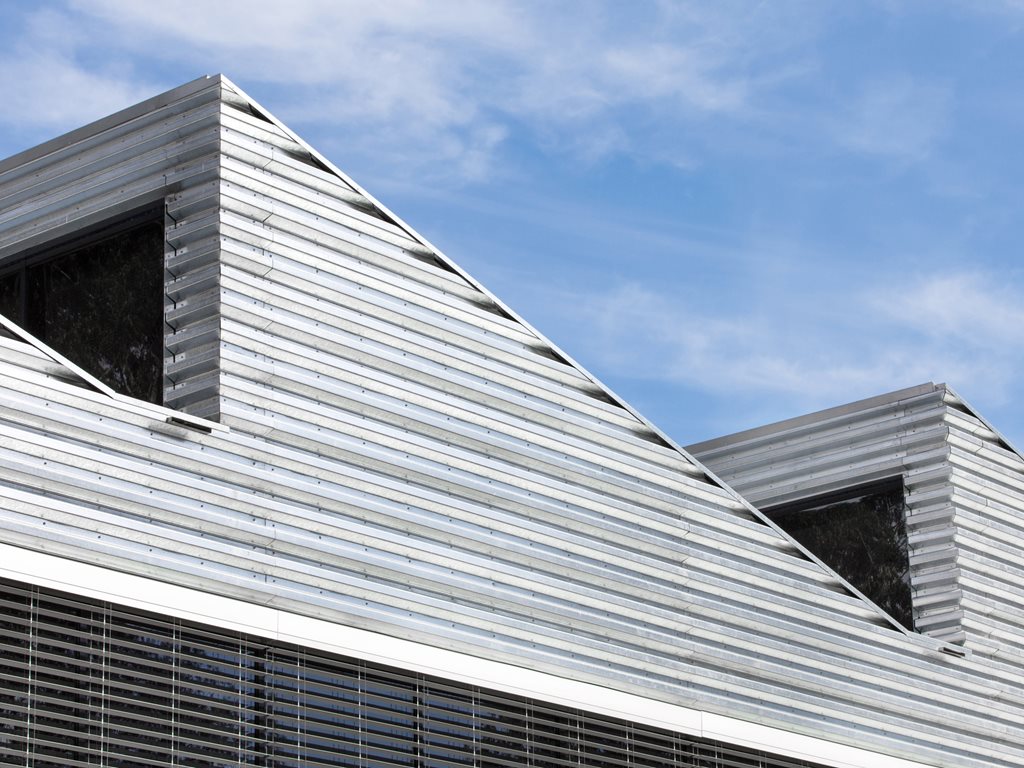
Meanwhile, the open-plan nature of the building allowed for a highly efficient mechanical system. Fresh air is supplied to the east side of the floor plate and percolates through the building as it is drawn back over the occupants and recaptured through heat recovery units before exhaust.
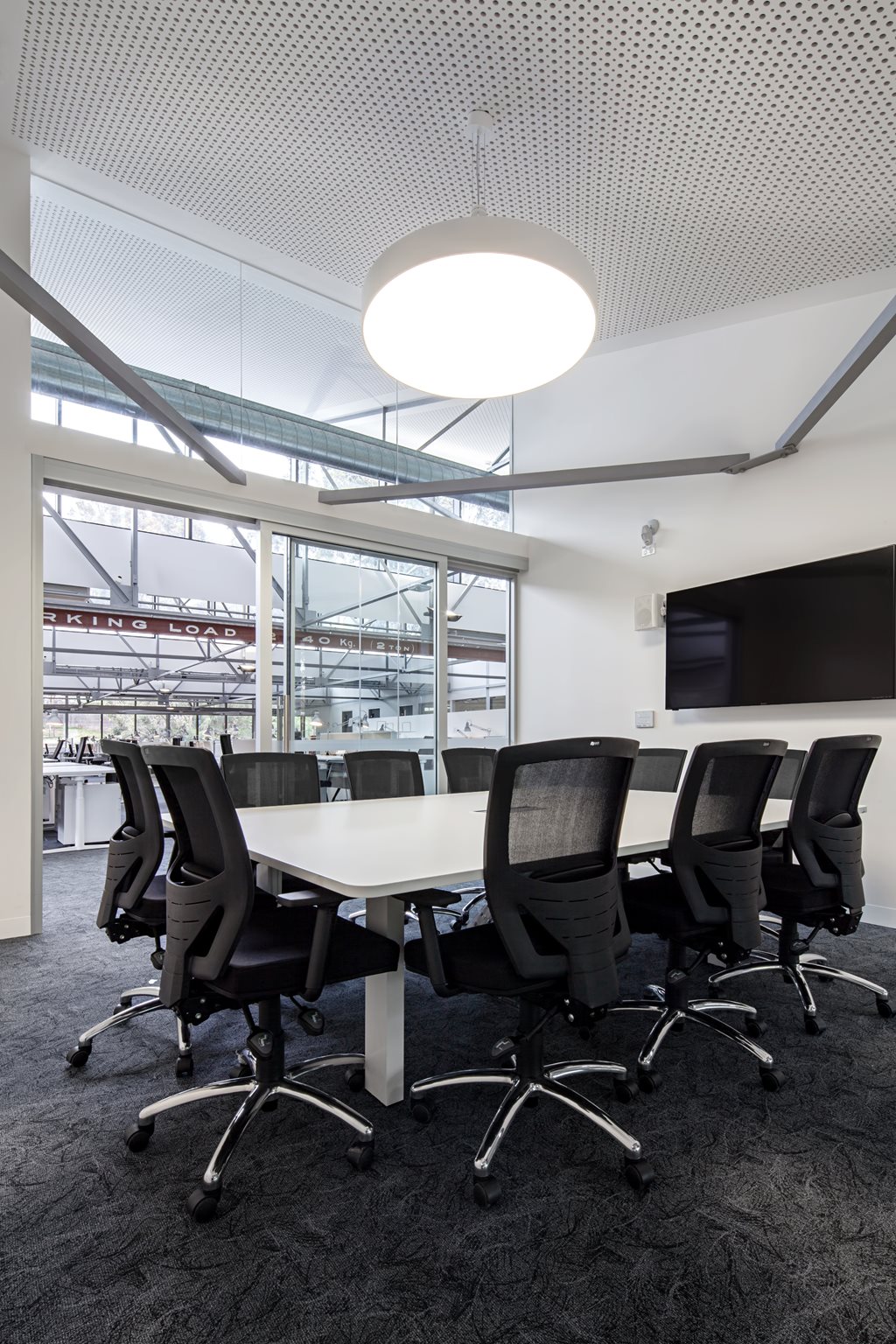
But passive house success relies on more than having a building with consistent thermal performance. Data from Monash University has identified that mechanical, lighting and plug-in loads remain stable all year regardless of outside air temperature as a result of the strategy.
Depending on the time of the year and available solar exposure, the building is equipped to run entirely from solar power harvested from the building’s 7kWp photovoltaic array.
In addition, balanced and controlled natural light with 270-degree views provides a bright and stimulating – yet relaxing – work environment. The 100 percent fresh-air system with vapour permeability provides a healthy environment free of CO2 build-up and pathogens.
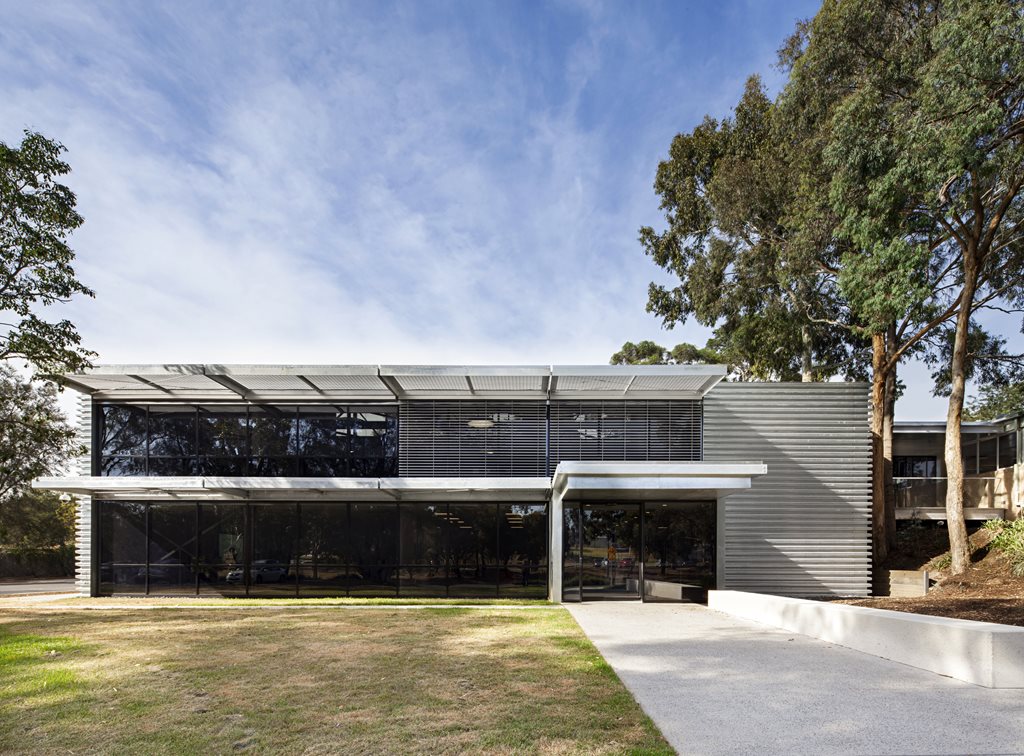
30 Research Way currently consumes 64.5kWh/m2 per annum and easily betters the Section J Energy Efficiency performance requirements at the equivalent of a 6-star NABERS rating. With ongoing building tuning and behavioural change programs, Monash is working towards achieving its first energy-neutral building.
The successful application of Passivhaus principles to 30 Research Way has also prompted Monash University to establish a policy to implement passive house building principles in all new building projects across its campuses.
But the real question is: can – or should – a similar strategy be applied to other commercial projects in Australia?
For Sharp, the answer is a compelling yes.
“The attractiveness of passive house is that it is a fabric-first approach,” he says. “It gets the designer thinking about building envelope as a priority over any other building element or system. Passive house constructions can be surprisingly low-tech and incredibly simple. Imagine being able to allocate more floor area as habitable space at the expense of mechanical plant rooms.”
He goes on to advise us that near enough is not good enough for true Passivhaus:
“Existing buildings are likely to have elements that cannot easily be changed that will compromise pure Passivhaus design. The first question [architects and designers must ask] will be how much of the existing building is going to compromise performance, and how can that be compensated for, economically, in the adaptive re-use to gain maximum benefit from the adoption of Passivhaus principles.
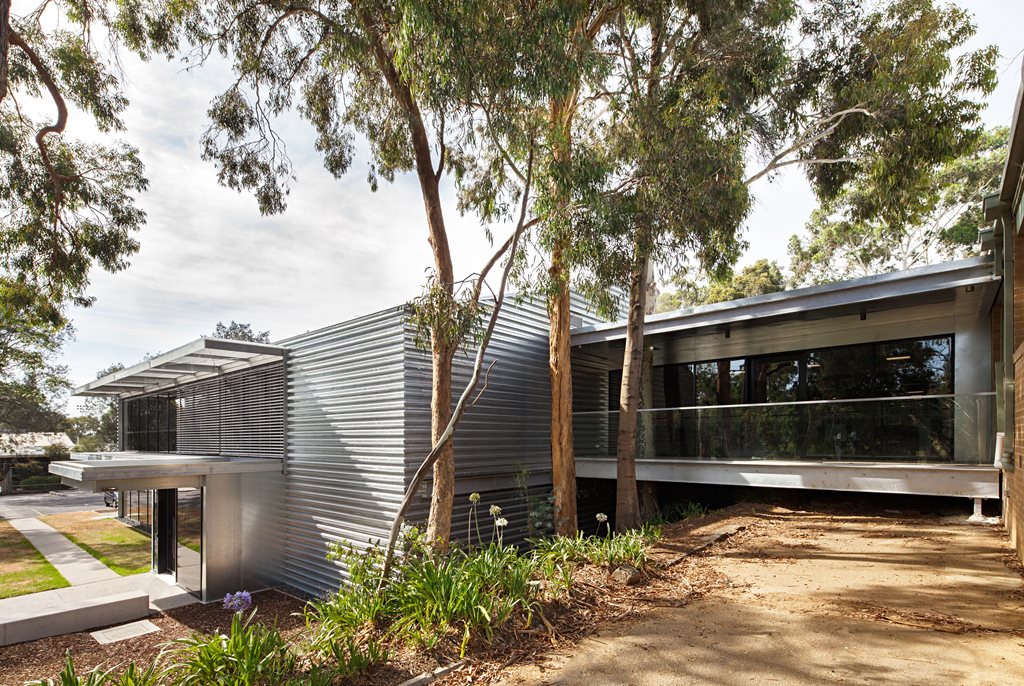
“Fundamentals such as orientation, footprint, soundness, adaptability and fitness for purpose are essential in [any] assessment for adaptive re-use and, should the building be determined to be suitable, the consideration of Passivhaus principles should not be a question. It is almost inevitable that those principles will lead to a better outcome.
“The only question is the commitment, rigour, imagination and willingness of others, particularly consultants, to learn and embrace the new.”
Brought to you by:

